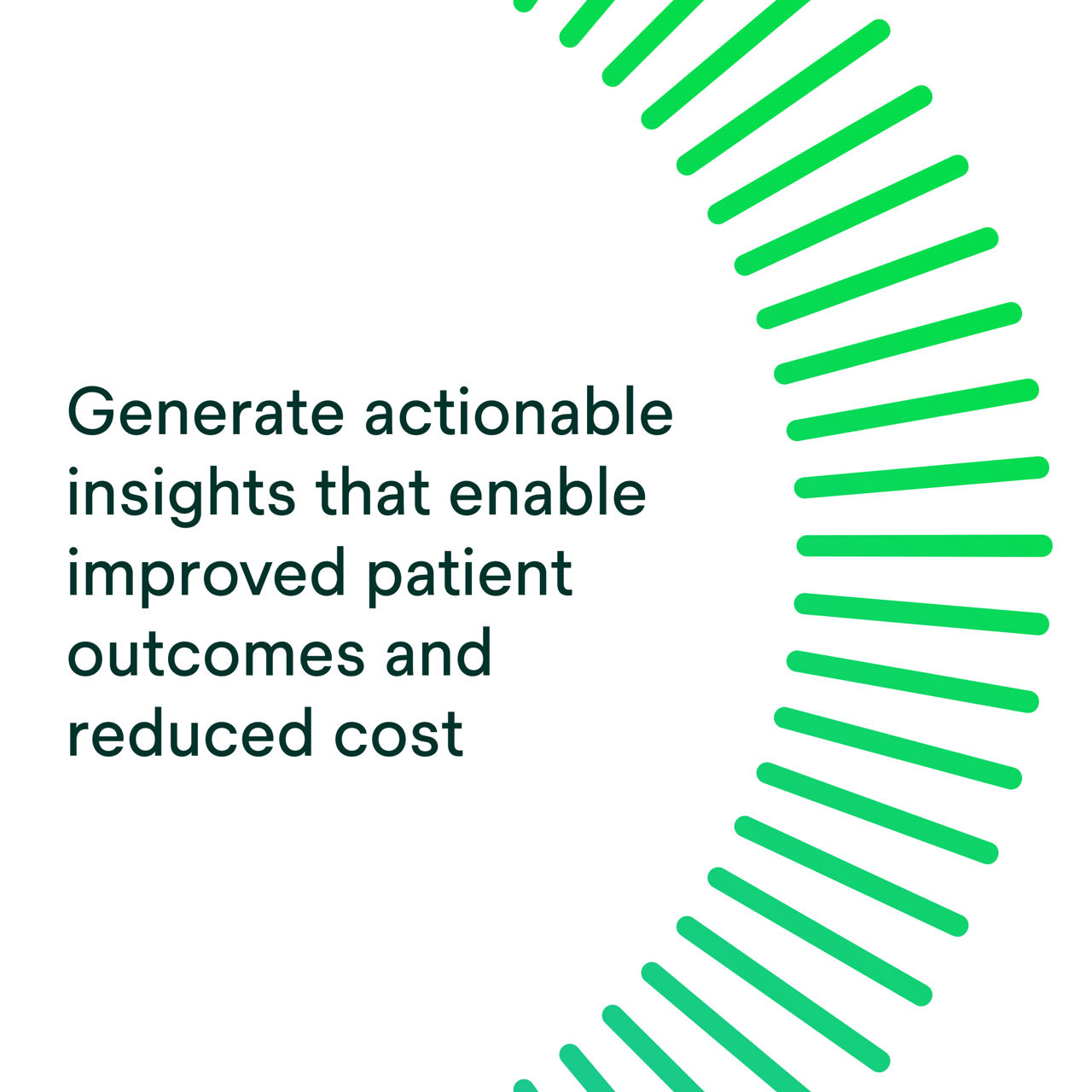Despite advancements in modern hospital care, quality problems remain, impacting patient outcomes and provider costs. In the early 2000s, Solventum assembled a team to develop a methodology that could identify situations in which hospital care was less than excellent. The team chose not to focus on unambiguous errors (such as blood transfusion mismatches or foreign objects left in surgical patients) but instead adopted a broader perspective. The resulting methodology, Solventum™ Potentially Preventable Complications (PPCs) Classification System, was first published in the Health Care Financing Review in 2006opens in a new tab. Since then, the methodology has been regularly updated and increasingly adopted across the U.S.
The Solventum™ Potentially Preventable Complications (PPCs) Classification System applies sophisticated clinical logic to identify over 60 groups of potentially preventable inpatient complications, including stroke, respiratory failure, pneumonia, venous thrombosis, liver complications, Clostridium difficile colitis, in-hospital trauma, pressure ulcers, cellulitis, acute mental health changes, and obstetric complications. Each Solventum PPC is also assigned to one of eight PPC groups (e.g., perioperative complications or infectious complications) and to a PPC level of “major,” “other” or “monitor.”
The Solventum PPC software identifies conditions not present on admission and determines whether they were potentially preventable given patient characteristics, reason for admission, clinical procedures and interrelationships among underlying medical conditions. The presence of a PPC typically, but not always, increases the cost of hospital care. Using all-payer data from California and Maryland, Solventum researchers found that approximately nine percent of hospital patient costopens in a new tab was due to potentially preventable complications.
The Solventum PPC risk adjustment methodology, with its emphasis on patient-specific severity of illness, is an alternative to the approaches taken by CMS. The Medicare and Medicaid hospital acquired conditions list has no risk adjustment at all, while the Medicare Hospital Acquired Condition Reduction Program (HACRP) includes only crude adjustment such as the number of beds or self-reported designation of intensive care units. Unlike the Solventum PPC approach, HACRP scores tend to systematically penalize hospitals that treat the sickest patientsopens in a new tab, raising questions of accuracy and fairness.
Importantly, PPCs are a categorical approach to quality measurement that enables clinicians and hospital managers to drill into the results. Even if overall performance is good, opportunities for improvement usually exist. For example, a hospital’s overall performance might be “as expected” but its rate for PPC 21 (C. Diff. Colitis) might be higher than expected. This finding would lead the hospital to redouble efforts to prevent infection.
The Solventum PPCs are identified through diagnosis and procedure codes listed on standard claim forms. The Solventum-proprietary clinical logic is maintained by a team of Solventum clinicians, data analysts, nosologists, programmers and economists and can be viewed by software licensees in an online definitions manual. Solventum releases a new PPC version every October 1 to reflect updates in the ICD-10 diagnosis and procedure code sets and to include enhancements in the clinical classification logic.








